Nike Logo Design: History & Evolution

Image Courtesy: Nike
In the world of iconic branding, few logos capture hearts and minds like the Nike Swoosh. Ah, yes, the symbol of athleticism, empowerment, and let's not forget—good ol' retail therapy. If you're anything like me, a design aficionado, then you know the role of great design in making a brand stick. Today, we're going to delve into the captivating history and evolution of Nike logo design. Whether you're a seasoned graphic designer or just someone with an eye for visual storytelling, you're going to love this deep dive into one of the most recognized symbols on the planet.
We'll unravel the tale of a humble graphic design student and a startup sportswear company that joined forces in the early '70s. Together, they created an emblem that would eventually adorn the attire of athletes and fashionistas alike, transcending generations. From its simple beginnings to the multi-dimensional brand strategy Nike employs today, we'll explore the ins and outs of what made this logo a court-side legend. So, tie up those Air Force Ones, and let’s jump into the fascinating world of Nike logo design. Trust me; this is one design journey you won't want to miss.
Nike Logo Design History
1964 - 1971
Alright, design enthusiasts, let's kick it back to the '60s and '70s, when bell-bottoms were all the rage, and the Nike Swoosh was just a twinkle in the design universe. In this portion of our deep dive, we’re exploring the earliest chapter of the Nike logo design saga. Believe it or not, Nike wasn't always "Nike." No Swoosh, no "Just Do It"—in fact, the company started its journey under the name "Blue Ribbon Sports."
When it comes to retro designs, Blue Ribbon Sports' original logo was a far cry from the clean, minimalist Swoosh we all know today. Picture this: interlocking letters "BRS" with stripes and unique shaping adding to the complexity. The first 'B' was like the quirky cousin at the family reunion—it stood apart, slightly overlapping only the upper part of the 'R' to its left. Meanwhile, the ‘R’ and ‘S’ were like conjoined twins, smoothly merging into one another. Yeah, legibility wasn’t exactly the logo’s strong suit.
Despite its complexity, this monochrome marvel was intriguing in its design choices. The 'B,' 'R,' and 'S' were more than just alphabetic characters; they were a maze of overlapping lines and forms. On one hand, you had the 'B' intentionally separated, while the 'R' and 'S' engaged in a seamless blend. It was almost as if the logo was predicting the brand’s future—a mix of individuality and unity in sport.
And let's not forget about that underline. Since the overlaid 'BRS' was visually loaded, the designers opted for a counterbalancing effect. How? By keeping the underline as simple as can be: an italicized, uppercase inscription in a no-nonsense sans-serif. Think of it as the straight-talking friend who grounds the high-flying dreamer; it anchored the complex, intertwined "BRS" above it.
So, what can we, as modern graphic designers, learn from this phase of Nike logo design? Well, first off, the notion of balance. It’s fascinating how even with the busiest of designs, a counterweight—like the plain underline—can offer the viewer a visual respite. Secondly, this early logo serves as a testament to the importance of evolution in branding. The Blue Ribbon Sports logo may not have had the immediate punch or global appeal of the Swoosh, but it was an important first step on the road to iconic status.
There you have it, the formative years of Nike, or should I say, Blue Ribbon Sports. Stay tuned as we swoosh through the decades, exploring how a complicated trio of letters evolved into one of the most iconic logos in history. Trust me, if you're into Nike logo design, the journey only gets more captivating from here.

Image Courtesy: Nike
1971 - Present
Alright, folks, fasten your seat belts because we're about to jet from the retro era of "Blue Ribbon Sports" into the modern-day icon that is the Nike Swoosh. The transition from 1971 to the present is like moving from vinyl records to Spotify—both have their charm, but let’s admit it, one is way more convenient and universally impactful. This is particularly true when it comes to the evolution of the Nike logo design.
Now, get this: the Swoosh, synonymous with athleticism, style, and—let’s face it—street cred, was the brainchild of a then-unknown graphic designer named Carolyn Davidson. Talk about a career highlight, right? And guess what? This game-changing design came not from some high-end design agency but from a young talent who was just starting her design journey.
Phil Knight, the co-founder of Nike, stumbled upon this gem entirely by chance. And let’s put the emphasis on "by chance" because the Swoosh cost him only $35 at the time. Yeah, you read that right—$35 for what became one of the world’s most recognized logos. Talk about an ROI, huh?
So, what makes the Swoosh such a masterpiece in Nike logo design? For starters, it’s strikingly simple. No overlapping, no intertwining—just a clean, swift curve that seems to echo the movement of an athlete (or the wing of the Greek goddess Nike, for you mythology buffs out there). Unlike its more complicated predecessor, the Swoosh is the epitome of simplicity and memorability, a cardinal rule in the realm of branding. Plus, its fluid shape gives it versatility, allowing it to look great on everything from sneakers to basketballs to apparel.
Here’s a pro tip for all you aspiring graphic designers: simplicity often trumps complexity, especially when it comes to logos that need to be versatile and scalable. The Swoosh is a textbook example of how minimal elements can translate into maximum impact.
Another key takeaway is how the Swoosh embodies the brand’s personality. It’s not just a pretty curve; it’s a symbol of motion and speed, reflecting the brand’s commitment to athletic excellence. Aesthetic and message go hand in hand, a hallmark of effective logo design.
So, as we marvel at the enduring brilliance of the Nike Swoosh, let’s remember it’s not just a logo but a lesson in design economics, simplicity, and branding harmony. From Blue Ribbon Sports to the Swoosh, the journey of Nike logo design is a compelling tale of how simplicity and smart branding can elevate a logo from good to legendary. So, next time you're doodling on a sketchpad or playing around in Illustrator, just remember: iconic design can come from anywhere—even a $35 chance encounter.

Image Courtesy: Nike
1971 - 1976
The early years of the Swoosh—like a teenager finding its way in the world of fashion and branding. Welcome back to our journey through the evolution of Nike logo design. Today, we're zeroing in on a specific era: 1971-1976. Now, you might think the Swoosh shot straight to iconic status overnight, but let me tell you, even the greats go through some awkward phases.
Picture the classic Swoosh, now add the word "Nike" scrawled in lowercase letters right across it. Sound elegant? Not so much. This early version was, let's just say, a little overeager to announce itself. The outlined Swoosh was already a distinctive emblem, but someone decided it needed the brand name slapped right on top. And it wasn't a neat overlay either. The cursive, bold lines of the "Nike" text not only overlapped the Swoosh but also made it less visible and frankly, a bit messy.
This cluttered design is like when you first discover filters and effects in Photoshop and go wild, throwing everything at your canvas. Sure, you're eager to showcase your skills, but less is often more. The overlapping text and logo, in this case, ruined the Swoosh's inherent splendor. As graphic designers, this serves as a timeless lesson in the fine art of restraint and the critical role it plays in effective Nike logo design.
So why did this cluttered version not stick around? Well, the essence of a logo is quick identification and recognition, and this busy variant clouded those objectives. With multiple elements fighting for attention, the design lost its crispness. For a brand committed to speed, agility, and grace, this was a clear miss.
But hey, we all learn from our blunders, right? The detour in Nike’s design road was a vital part of its journey to branding greatness. It helped the company understand what worked and what didn’t, leading them to the simple yet striking Swoosh we all recognize today.

Image Courtesy: Nike
1976 - Present
Welcome back, design aficionados, to the ongoing saga of the Nike logo design. We've talked about the early years, the awkward teen phase, and now it's time to dive into the modern era—from 1976 to the present day. Imagine your favorite band’s greatest hits album; this period is where Nike hits all the right notes, mastering the art of balance, dynamism, and brand identity.
You see, by the mid-'70s, Nike had already tasted a bit of fame and fortune. Their design team was in a groove, experimenting like mad scientists with the already iconic Swoosh. Sometimes they added the brand name, sometimes they took it away. Here's the kicker, though: when they added the name, they opted for an italicized font that oozed dynamism. Imagine a sprinter at the starting block, coiled and ready to bolt—that's the vibe of the italicized "Nike."
But wait, there's more! The design team didn't just slap on some italicized letters and call it a day. No siree! They chose massive letters with straight lines and clean cuts, which added a remarkable sense of stability to the mix. Picture it: the smooth, sharp Swoosh, a symbol of speed and motion, elegantly balanced by the bold, grounded logotype. It's like pairing a fine wine with the perfect cheese; the two elements complement each other beautifully.
This design choice was a masterstroke in creating a brand image that was both dynamic and dependable. The Swoosh conveyed motion and agility, while the logotype anchored it, presenting an image of a confident, powerful brand. What resulted was a look that was not just contemporary but also progressive. It's like the brand was shouting from the rooftops, "We're the future of sportswear, and we're here to stay!"
So, what's the design takeaway here, folks? Balance and intentionality. When you're developing a logo, especially for a brand as multifaceted as Nike, it’s essential to think about the different elements as pieces of a larger puzzle. Each component should serve a purpose and enhance the overall brand narrative. And that's precisely what happened in this phase of Nike logo design—the fusion of dynamism and stability created an emblem that was, and still is, truly timeless.
As we sketch, plot, and brainstorm our way through our design journeys, let the evolution of Nike's logo from 1976 to the present serve as an inspiration. Remember, your choice of font, line, and form can make or break a design. So choose wisely, experiment boldly, and aim for iconic. Stay tuned for more dissections, musings, and tips on the fascinating world of Nike logo design.

Image Courtesy: Nike
Analysis: Nike Logo Design Evolution
Hey there, design enthusiasts! We've been on quite the journey, tracing the roots and evolution of one of the most iconic symbols in the world—the Nike Swoosh. But now, let’s put on our analyst hats and get into the nitty-gritty of what makes this emblem a design legend. Ready to dive into the DNA of Nike logo design? Let’s go!
Simplicity is King
One of the most striking aspects of the Nike logo design is its simplicity. Starting from its Blue Ribbon Sports days, the brand quickly realized that less is more. The Swoosh is uncomplicated but memorable, making it a dream to work with across mediums, be it apparel, digital platforms, or even a billboard.
Dynamic Yet Grounded
Nike’s choice to pair the Swoosh with italicized, bold text in later versions is a design lesson in balance. The Swoosh is all about speed and fluidity, while the logotype brings in stability. It's like yin and yang on a branding canvas, showing us that contrasting elements can coexist and even elevate each other.
Evolution, Not Revolution
The genius in Nike logo design lies in its evolutionary, not revolutionary, approach. Instead of drastic rebrands, Nike has opted for subtle changes over time. This method not only preserves brand identity but also allows room for innovation, a valuable lesson for brands looking to stand the test of time without growing stale.
Consistency in Experimentation
You might think it's contradictory, but Nike's logo consistency actually lies in its willingness to experiment. Whether adding or removing the brand name, or tweaking the logo for special editions, these changes never compromise the logo's essence. It proves that experimentation doesn't mean losing your brand's soul; it's about enhancing it.
Resonating with the Audience
Last but not least, a logo isn't worth its salt if it doesn't resonate with its audience. The Nike Swoosh does more than sit pretty; it encapsulates a message. It aligns perfectly with Nike’s brand ethos of movement, ambition, and athletic excellence, which is why it's not just a logo—it's a symbol that people around the globe identify with.
So there you have it, folks—our deep dive into the evolution of Nike logo design. From its early beginnings to the iconic Swoosh we all know and love, this logo is a living case study in effective, enduring design. Whether you're a newbie or a seasoned pro, let this be your inspiration to create something timeless, expressive, and above all, iconic. Stay tuned for more design analyses, hot takes, and tips!

Image Source: https://www.nike.com/ | Image Courtesy: Nike
The Philosophy & Meaning Behind Nike Logo Design
So far, we've taken a trip down memory lane with the Nike logo, looking at its history and dissecting its evolution. But have you ever stopped to ponder what's in a Swoosh? Seriously, what makes this simple curve resonate with millions around the globe? Today, let's dig deep into the philosophy and meaning behind Nike logo design. Buckle up; we're going full design-philosopher mode!
Simplicity as a Statement
Ever notice how the Swoosh doesn’t try to do too much? It’s a simple, fluid design, and that’s its genius. In a world cluttered with complexity, the Swoosh stands out because it's straightforward. It tells us that sometimes simplicity isn’t just aesthetic; it's a philosophy that cuts through the noise.
The Essence of Motion
Nike is all about movement, athleticism, and striving for excellence. The Swoosh isn’t just a 'nice shape'; it’s a visual embodiment of the brand’s core ethos. It echoes the wing of Nike, the Greek goddess of victory, adding layers of mythology and aspiration to this seemingly straightforward design.
Dynamic Balance
As we've talked about, the Nike logo design often pairs the Swoosh with bold, italicized text, embodying a sense of dynamic balance. The font and the Swoosh serve as the brand's yin and yang—speed complemented by stability. This duality is not just eye-catching but meaningful, embodying the balanced lifestyle that athletes strive for.
Less Is More, More or Less
Nike has toggled between adding and removing the brand name next to the Swoosh, an interesting lesson in brand flexibility. This adaptability is part of the design philosophy. It says, "We’re confident enough in our identity to add or subtract without losing our essence." That's a powerful message for any brand looking to resonate with audiences across different contexts.
Universality Through Individuality
You've seen it customized for athletes, special editions, and events. The Swoosh is a universal symbol, yet it’s individual enough to be tweaked without losing its core identity. This ability to adapt while staying true to its roots is what makes it universally relatable and endlessly versatile.
So, as you sketch out your next big logo idea, let the Nike Swoosh be your muse. It's not just a swooping line; it’s a carefully crafted emblem packed with philosophy and meaning. Whether you're designing for a start-up or rebranding an existing entity, take a leaf out of Nike's design playbook: make it simple but significant. Until next time, keep those creative juices flowing and your design minds sharp!

Image Source: https://www.nike.com/ | Image Courtesy: Nike
What Can We Learn from Nike Logo Design
So, we've unraveled the history, dived into the evolution, and even dissected the philosophy of the iconic Nike logo design. But let's be real—what can we actually learn from this design titan that we can apply to our own work? Well, grab a coffee, cozy up, and let’s dig into the invaluable lessons the Nike Swoosh has to offer to every designer out there, rookie or veteran.
Simplicity Speaks Volumes
The first rule in the Nike design handbook? Keep it simple, silly! No, really. The Swoosh teaches us that a logo doesn't have to be complex to be iconic. When in doubt, aim for a design that's easy to recognize, easy to remember, and easy to reproduce. It’s the trifecta of brand visibility and scalability.
Storytelling Through Design
Every stroke of the Swoosh tells a story—from its mythological references to its embodiment of motion and speed. When you're sketching out your next design, ask yourself, “What's the story I’m trying to tell?” A logo that narrates a compelling brand story is a logo that sticks.
Adaptability is Key
Nike has tweaked the Swoosh and text over the years, but never in a way that loses its brand essence. Adaptability in design doesn't mean frequent or drastic changes; it means the ability to evolve while maintaining brand integrity. Being open to subtle iterations can keep your design fresh and relevant.
Cohesiveness Across Elements
Nike's Swoosh and text elements have always harmonized with each other—contrasting yet complementary. Learn to view each element of your design as a piece of a cohesive whole. This isn’t just visual harmony; it's visual synergy, where the sum is greater than its parts.
User-Centric Design
Let's not forget that a logo is meant to resonate with its target audience. Nike's Swoosh isn’t just popular among athletes; it speaks to everyone striving for a goal, big or small. Your design should be as versatile, reaching as wide an audience as possible while still staying true to its target demographic.
So, there you have it—five actionable lessons from the school of Nike logo design. This isn't just a history lesson; it’s a modern design course packed into one swooping curve. Next time you find yourself in a creative rut or at a crossroads, ask yourself: What would the Swoosh do? Until then, keep designing, keep iterating, and most importantly, keep learning.
Conclusion
And there you have it, folks—our deep-dive into the iconic Nike logo design has come to a close. From its humble beginnings to its philosophical underpinnings, this Swoosh isn’t just a logo; it's a masterclass in design principles we can all learn from. Whether you're just starting out or you've been in the game for years, the Swoosh offers timeless lessons in simplicity, storytelling, and adaptability. So, the next time you're staring at a blank canvas, let the spirit of the Swoosh guide you to your next iconic design. Keep those creative wheels turning and happy designing!
Let Us Know What You Think!
These fantastic logo design articles are written and curated by Kreafolk's team. We hope you enjoy our information and remember to leave us a comment below. Cheers!


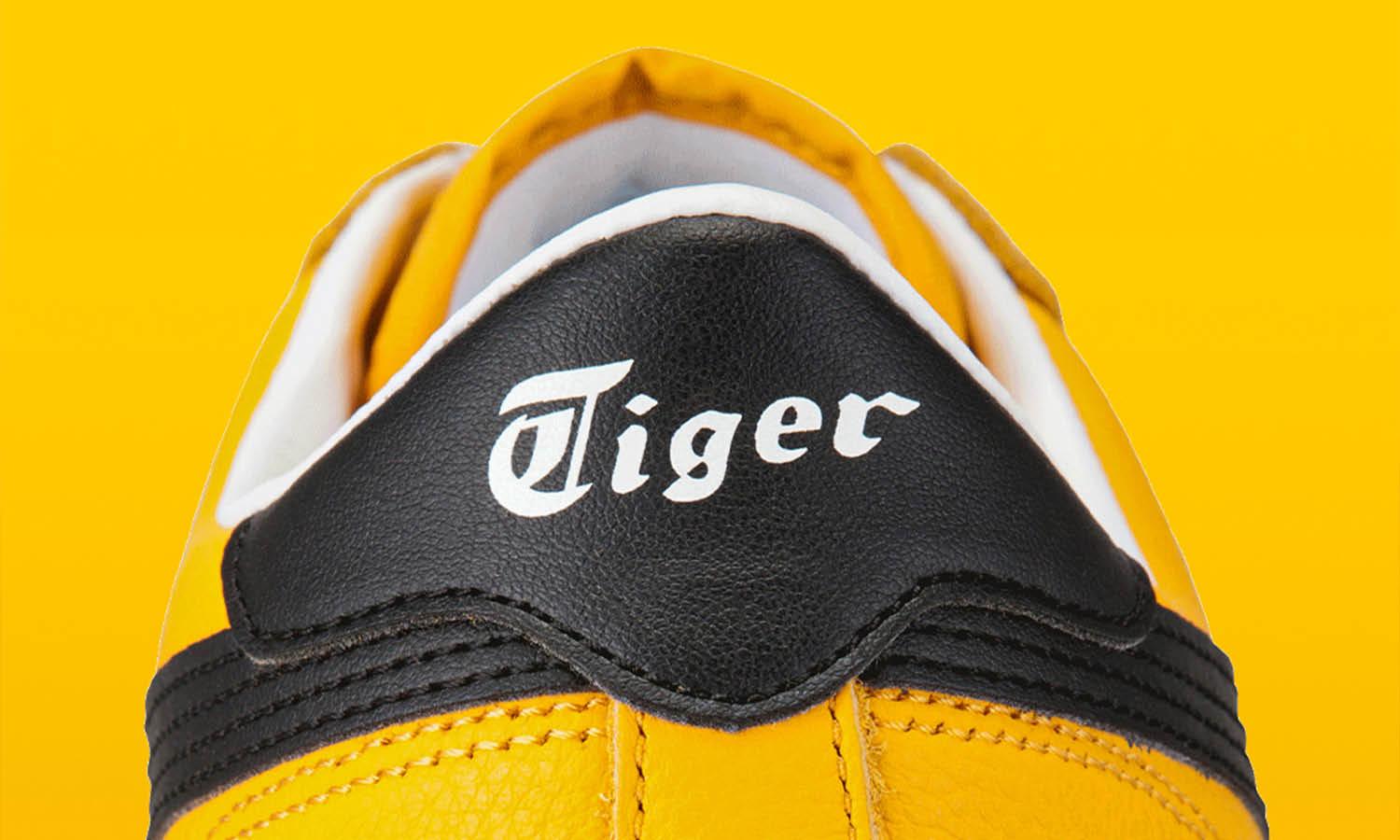
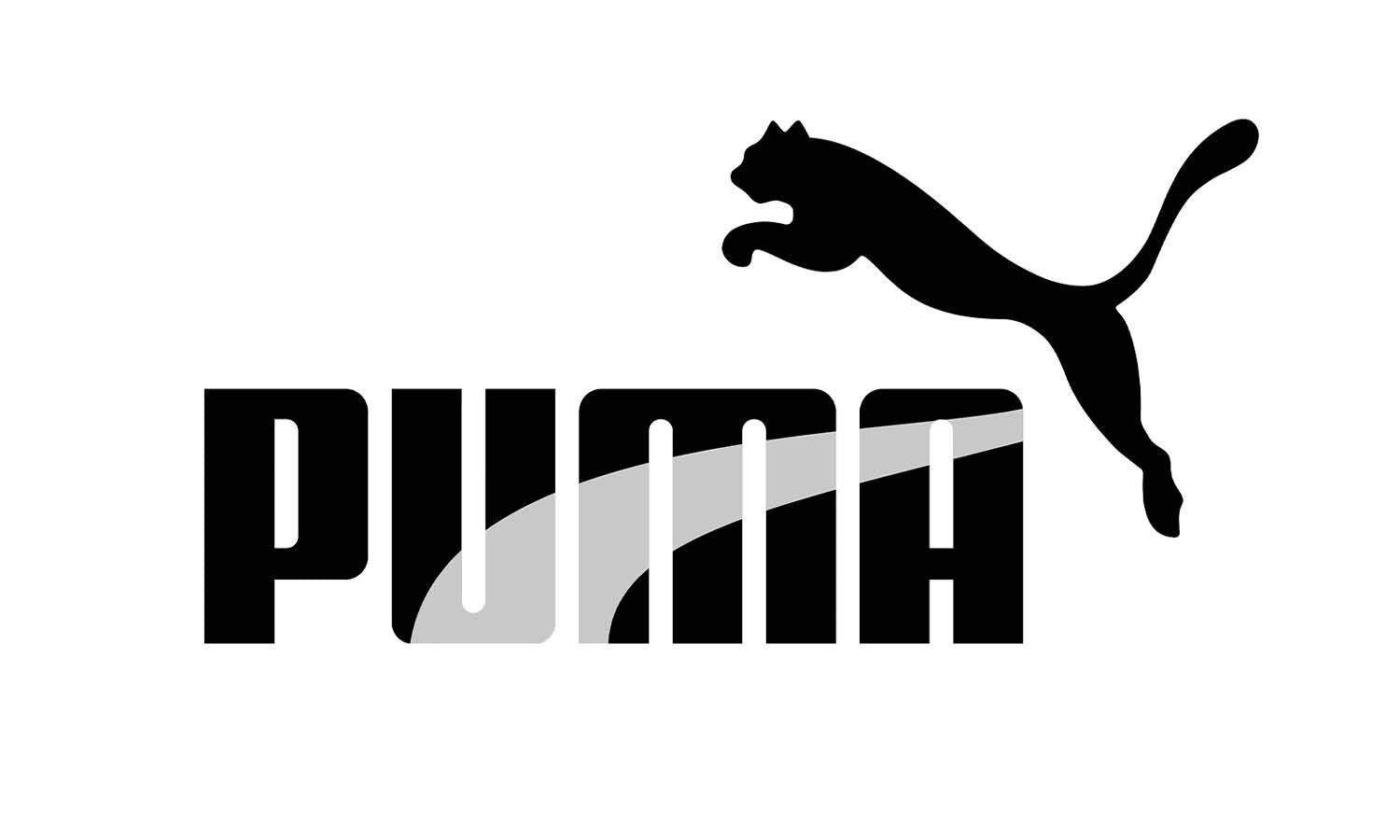
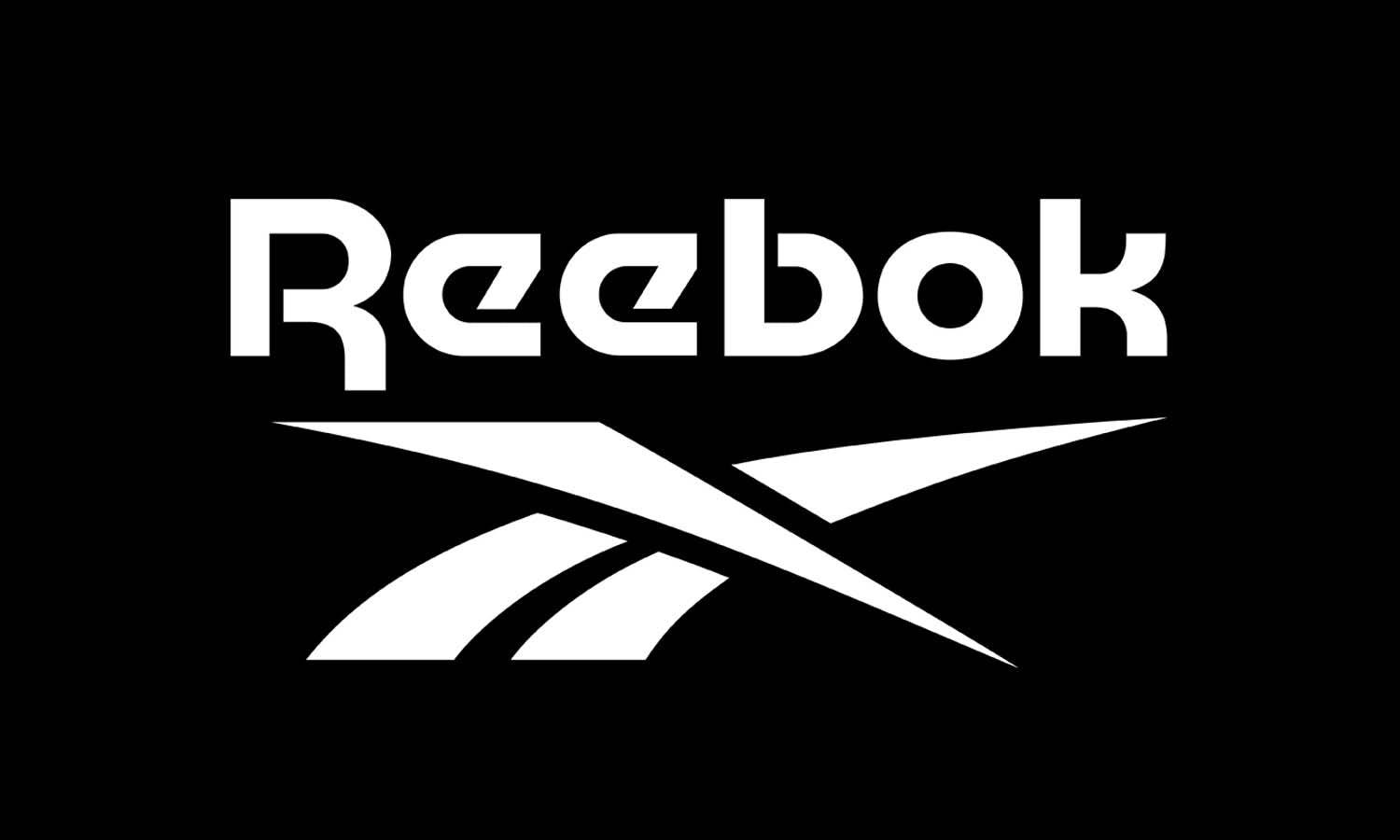

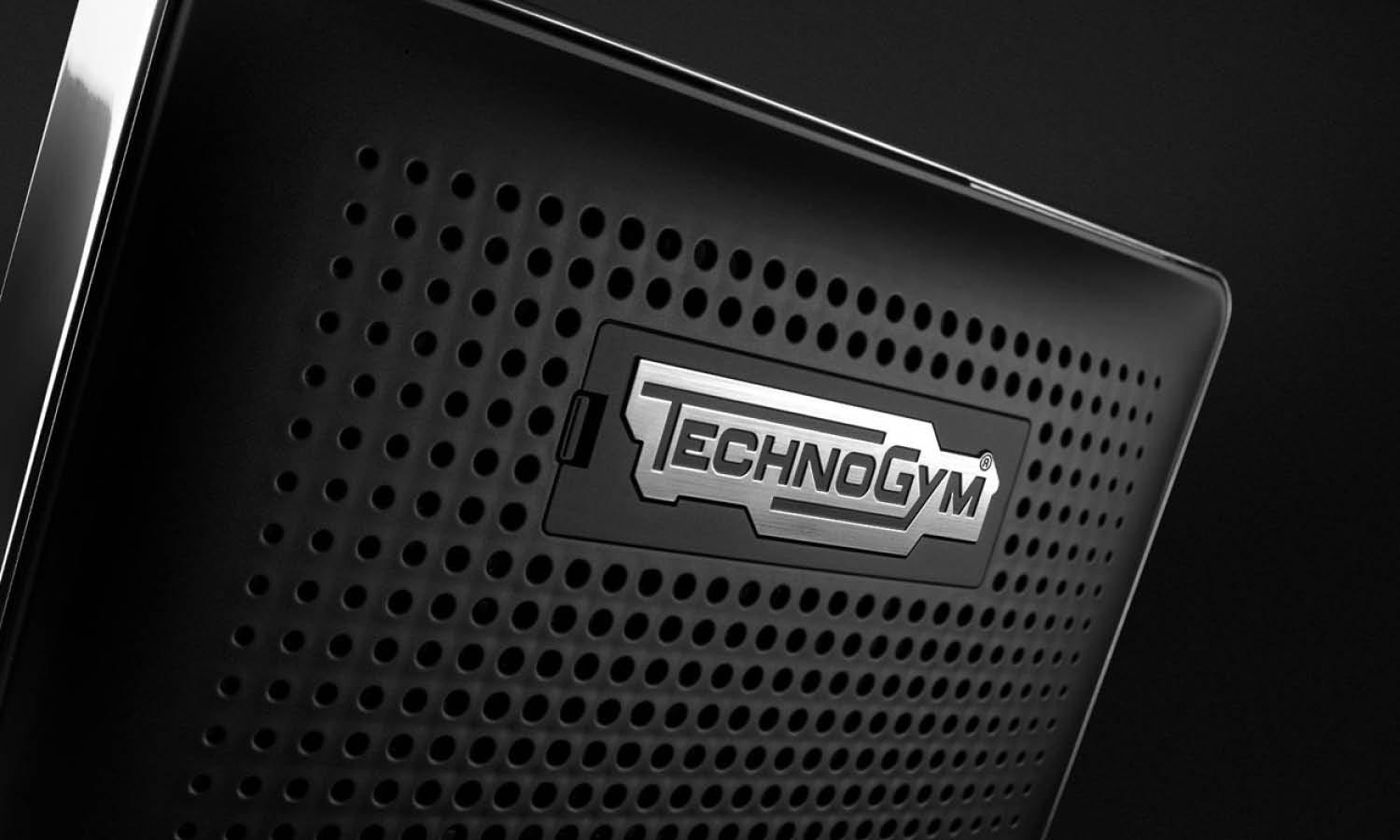
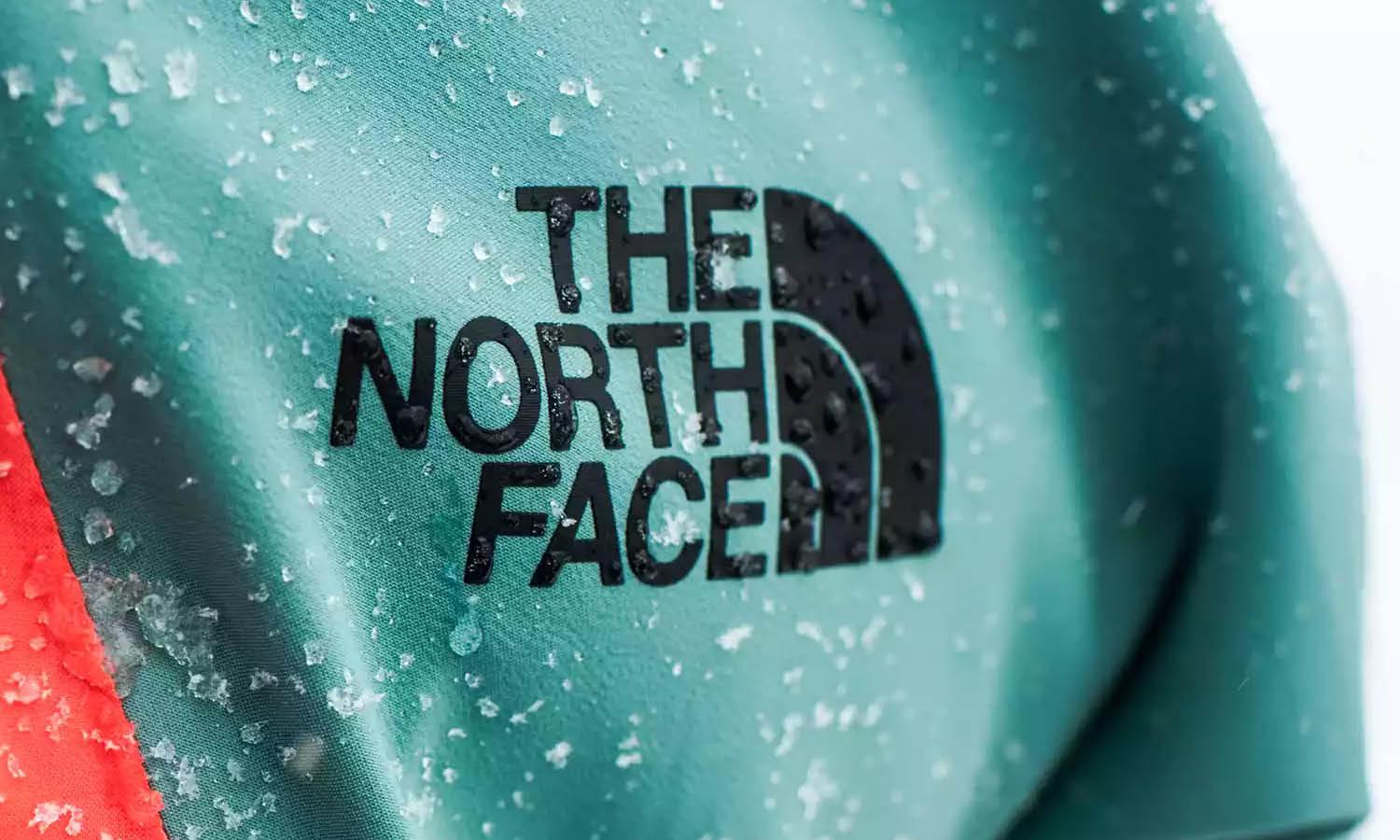








Leave a Comment